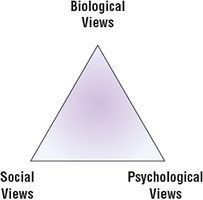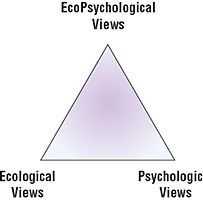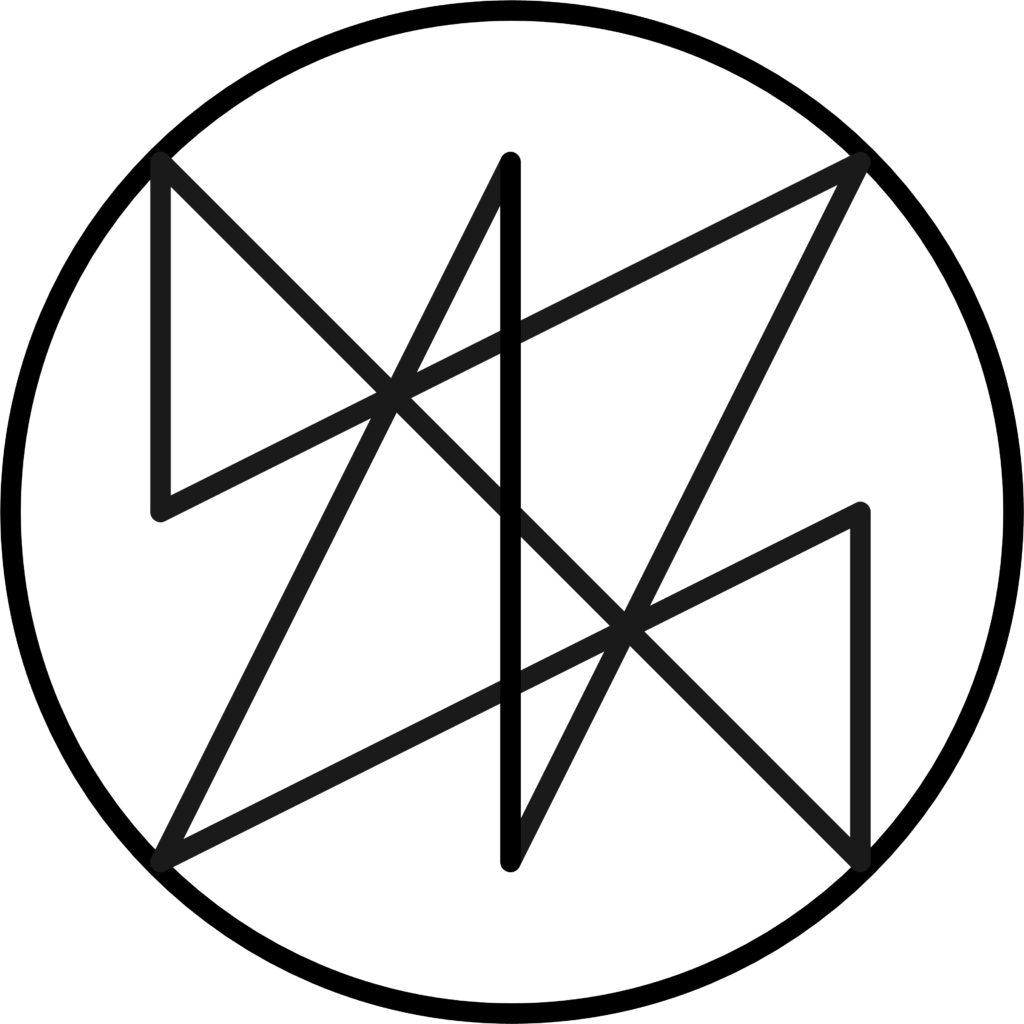Chinese medicine speaks of alignment between humans, heaven and earth. It is a complex view with a focus upon relationship. These are comprehensive ideas with no specific terms in contemporary medical practice. Here, I want to expand upon the attempts to transform conventional biomedicine into a more sensitive and socially responsible “biopsychosocial” model. Given the richness and depth of the early Chinese world view, a more comprehensive and distinct set of possibilities arise.
Biological medicine generally falls into the category of medical practices that focus upon isolated biological events. In response to the problems such an isolated view brings to care, psychiatrist George L. Engel, at the University of Rochester, developed the idea of a biopsychosocial model of medicine. He published these thoughts in a 1977 article in Science, where he posited, “The dominant model of disease today is biomedical, and it leaves no room within its framework for the social, psychological, and behavioral dimensions of illness. This biopsychosocial model is proposed that provides a blueprint for research, a framework for teaching, and a design for action in the real world of health care.”
The biopsychosocial view has three obvious components: biological, social and psychosocial. It transcends the reductionist single-cause view which medicine has relied upon since the “enlightenment.” Biological systems theory allows for complex interacting systems. The social aspect works with the problems and self and other. Lastly, the psychological view permits inquiry into the psyche and the rich archetypal inner world that humans bring to the conversation. (See Figure 1)

This new holism for conventional medicine is inadequate to describe the conditions affecting health that early Chinese medical practitioners articulated. These include, but are not limited to, temporal factors such as diurnal, monthly and seasonal conditions. Weather may also have impact. Thus, the meteorological and cosmological correlates with human health and wellbeing are similarly not included within the concept of biopsychosocial. Here, we might build the idea of a “biometeorological” frame, but this, too, remains inadequate.
There is also the notion of “ecopsychology,” a term coined by Theodore Roszak in The Voice of the Earth (1993). He developed the idea further in the anthology called, Ecopsychology with his co-editors Mary Gomes and Allen Kanner (1995). Ecopsychology extends beyond the traditional psychology, focusing upon sustainability and the nature of human psyche in the context of damaging the world in which we live. A large part of the focus is upon resolving the isolation from nature that human beings experience in a post-industrial, information and technology centered culture. Given the possibility that many environmentally damaging behaviors are addictive, the idea of non-pejorative psychotherapeutic values enters – one where judgment gives way to healing the guilt and avoidance framework that ensue when one engages in activities that damage the environment which sustains our existence.
The main premise of ecopsychology is that while today the human mind is shaped by the modern social world, it is adapted to the natural environment in which it evolved. Biologist E.O. Wilson, suggests that human beings instinctually connect on an emotional level with nature, lending a power of healing at the psychological and emotional levels in the presence of nature (1995). These thoughts align with early Daoist thought and that of the naturopathic doctor who relies upon “nature cure.” The problem with the term ecopsychology is that the social components are not obvious. (See Figure 2)

We are operating at the intersection of biology, psychology, sociology and nature. The notion of ecology includes internal and external biological, but also meteorological and seasonal phenomena as they impact human beings. Biological medicine, ecopsychology and biopsychosocial views each touch a piece of the discipline in which we are engaged. Thus, while these perspectives appreciate the complexity of causes and consequent clinical phenomena, they do not fully describe the larger field of complex systems which affect and participate in human life. I propose, therefore, the term “ecopsychosocial” as a term which captures the larger framework of considerations in the clinic.
Early cultures used signs as part of a larger field of experience which involved a ecopsychosocial worldview that embraced the totality of biological events on the interior and exterior, the seasons, the time of life and the ecosphere. This expanded view allows for the observation of signs that involve the environment as part of the person and the events that compose a life. It is in this interplay between subjective and objective, internal and external environments, individual and collective, process and form, where knowledge about the patient and the clinical relationship emerge. Thus, the word ecopsychosocial denotes a worldview that includes the interior and exterior ecology, with psychological, spiritual and social experiences.
This ecopsychosocial construct aligns perfectly with the The Yellow Emperor’s Inner Classic (Huáng Dì Nèi Jing). Chapter two of the Basic Questions (Sù Wèn) discusses the impact of the seasons upon health and longevity, most importantly, the virtue of living in accord with the seasons. Chapter three explores the impact of cold, wet, heat and wind upon the human condition. This ecopsychosocial view is embedded throughout the entire The Yellow Emperor’s Inner Classic and the term biopsychocial cannot encompass the breadth and wisdom imparted through the immortal classical lore rooted in the Han Dynasty circa 206 B.C.E. – 220 C.E..
Today, the worldviews that we use to create reality are manifold. For conventional medical practices, it becomes necessary to gain a paradigm shift similar to the discussion rendered by Thomas Kuhn in the Structure of Scientific Revolutions (1962).
Early cultures enjoyed what I call the ecopsychosocial view. It is one where internal and external ecology blend with the psychological and spiritual well-being of the individual and their social systems. Contemporary terms such as biometerological, ecopsychological and biopsychosocial are each lacking some portion of the comprehensive view presented in the ecopsychosocial view. It is time to use a term which describes what we do as fully developed humanistic practitioners: ecopsychosocial.
References:
- Bateson, G. (2000). Steps to an Ecology of Mind. Chicago: University of Chicago Press.
- Engel, G. (1977). The need for a new medical model: a challenge for biomedicine. Science, 196(4286), 129-136. doi:10.1126/science.847460.
- Kuhn, T. S. (1962). The Structure of Scientific Revolutions: University of Chicago Press.
- Morris, W. (2012). Post-paradox: Room for View. Acupuncture Today, 13(8).
- Morris, W. R. (2009). Chinese pulse diagnosis: Epistemology, practice, and tradition. (Ph.D. dissertation), California Institute of Integral Studies, United States, San Francisco, California. Available from California Institute of Integral Studies NCCPL database database.
- Roszak, T. (1993). The voice of the Earth: An exploration of ecopsychology. New York: Touchstone.
- Roszak, T., Gomes, M. E., & Kanner, A. D. (1995). Ecopsychology, restoring the earth healing the mind. San Francisco: Sierra Club Books.
- Wilson, E. O. (1995). The Biophilia Hypothesis: Island Press.
April 2015
